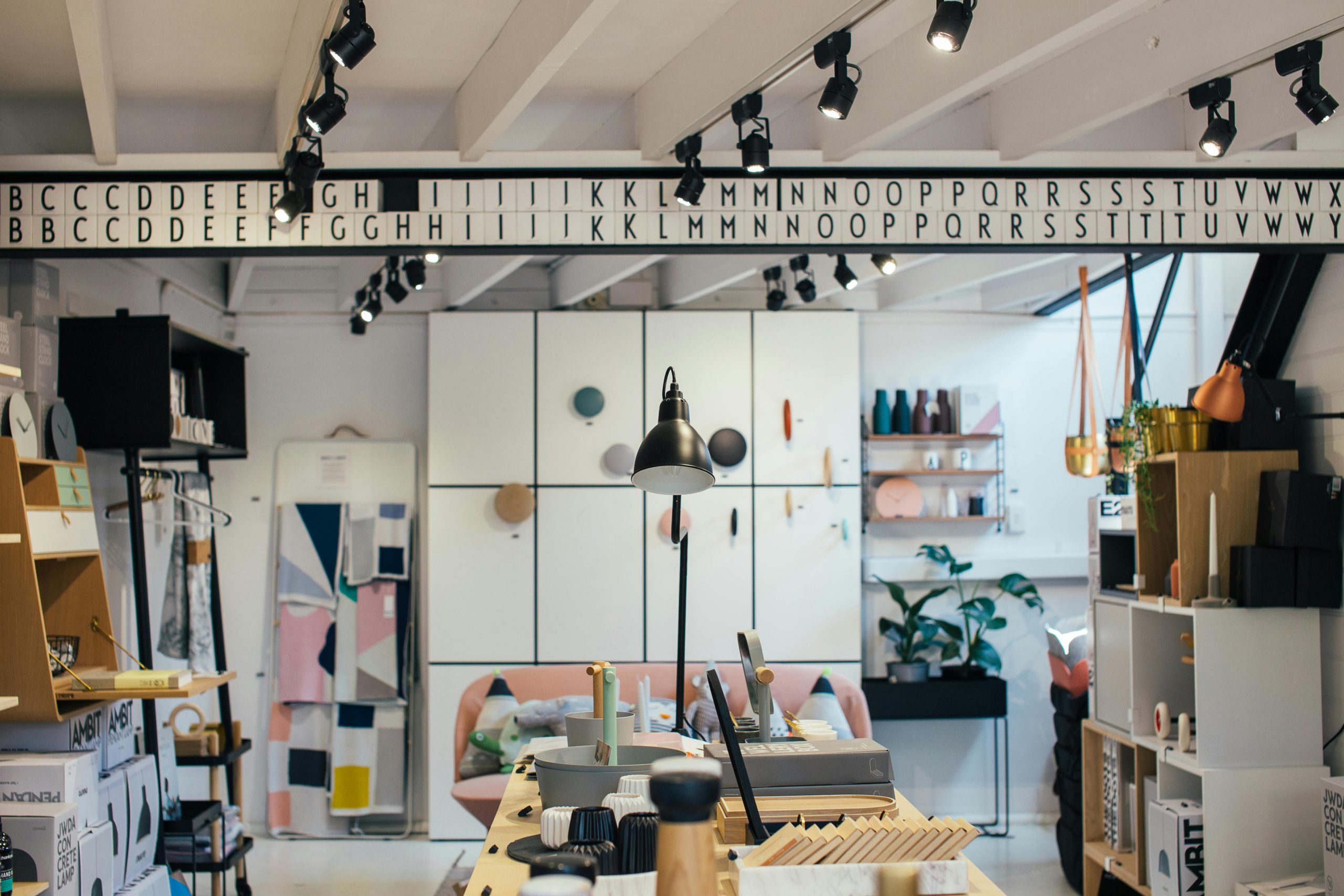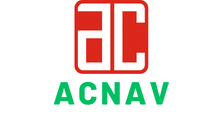What Are the Best Practices for Converting Commercial Spaces into Pop-Up Retail Hubs?

The retail landscape is in a state of constant evolution, and noteworthy among these changes is the growing trend of turning commercial real estate into temporary, pop-up retail stores. These transient retail spaces, often referred to as ‘pop-ups’, provide businesses with a unique opportunity to create a tangible connection with their customers, experiment with new products and ideas, or expand their brand’s reach in new locations.
This article explores best practices in transforming existing commercial spaces into successful pop-up retail hubs. The discussion will focus on the steps and strategies that retail businesses should consider in order to generate maximum customer engagement and profitability from their pop-up ventures.
Also to discover : What to expect from a meribel mottaret flat rental
1. Finding the Ideal Location
Before a business can create a pop-up store, it must first identify the right location. A physical space that aligns with the brand, product offering, and target customer demographic is essential.
When choosing a location for your pop-up, consider the local retail and community landscape. Is the area already saturated with similar businesses or products? Does it attract a high amount of foot traffic? What type of customers frequent the area? The answers to these questions will help you identify a location that will support your pop-up’s success.
In the same genre : How to Use Drone Technology for Real Estate Inspections and Surveys?
Additionally, consider the size and layout of the property. It needs to be large enough to comfortably accommodate your products and customers, yet small enough to create a sense of exclusivity and urgency, key elements of successful pop-up stores.
2. Designing the Pop-Up Store
Once you have selected a location, the next step is to design your pop-up store. This includes everything from the store layout to the visual merchandising and branding elements.
Remember, a pop-up store is more than just a temporary retail space. It is an opportunity to create an immersive, branded experience that entices customers and encourages them to engage with your products. Therefore, the store design should reflect your brand’s aesthetic and values, and should be visually appealing and welcoming to your customers.
When designing the store layout, consider the customer flow. The path that customers will take through your store can impact their overall experience and influence their purchasing decisions. Create a layout that guides customers through the store in a logical and intuitive way, presenting them with an enticing range of products along the way.
3. Creating a Unique Customer Experience
The success of a pop-up store is heavily reliant on the customer experience it offers. Therefore, it’s crucial to create a unique and memorable experience that encourages customers to connect with your brand and products.
You can do this by offering exclusive products or promotions, hosting special events, or providing exceptional customer service. Additionally, consider incorporating interactive elements into your store, such as touch screens or augmented reality experiences, to further engage customers and differentiate your pop-up from traditional retail spaces.
Remember, the goal is to create an experience that not only encourages customers to purchase but also to share their experience with others. Word-of-mouth marketing is particularly effective for pop-up stores, as it helps create buzz and drive more traffic to the store.
4. Promoting the Pop-Up Store
Promotion is a vital part of launching a successful pop-up store. Utilize a mix of online and offline marketing strategies to generate awareness and excitement about your pop-up store.
Use your brand’s social media channels to tease the launch of the pop-up, share behind-the-scenes content, and promote any special offers or events. Email marketing can also be effective in reaching out to your existing customer base and enticing them to visit the pop-up.
Don’t forget about local media outlets and influencers. Getting coverage in local newspapers, radio stations, or on popular local blogs can significantly boost your store’s visibility. Similarly, partnering with influencers can help you reach a larger audience and generate more buzz about your pop-up.
5. Evaluating the Success of the Pop-Up
Finally, it’s important to evaluate the success of your pop-up store. This can help you understand what worked well, what didn’t, and what you can improve for future pop-ups.
Consider various metrics when evaluating success. These can include sales, foot traffic, social media engagement, press coverage, and customer feedback. Collecting and analyzing this data will provide you with valuable insights and help you make informed decisions about future pop-up ventures.
6. Integrating Products and Services into the Pop-Up
Deciding which of your products or services will feature in your pop-up is a crucial step. Your pop-up store’s inventory should align with your brand’s image and customers’ expectations, attracting foot traffic and fostering a positive shopping experience.
Remember, a pop-up isn’t just a smaller version of your regular retail store. It’s an opportunity to showcase your brand’s best offerings or debut new, exclusive products. Your inventory should thus be curated carefully to reflect this. For instance, you could consider offering limited-edition or exclusive products that aren’t available in your regular retail outlets. This can create a sense of urgency and exclusivity, encouraging customers to visit the pop-up.
In terms of services, consider how these can enhance the customer experience. For example, you might offer personal shopping services, exclusive fittings, or even workshops and demos. Services like these can make the shopping experience more engaging, memorable, and personal.
Don’t forget about inventory management. Ensuring you have adequate stock levels, as well as a system to quickly replenish sold-out items, is vital. This can prevent disappointment for customers and maintain a positive brand image.
7. Contributing to the Local Economy
Pop-up stores have the potential to greatly benefit the local economy. By setting up your pop-up in a shopping mall, commercial real, or other business location, you can contribute to the vibrancy and economic activity of the area.
This can in turn lead to mutually beneficial relationships with other local businesses. Collaborating on marketing efforts, sharing resources, and referring customers to one another can help all involved businesses thrive. For instance, your pop-up store might collaborate with a local café to offer discounts to customers who have visited both locations.
Furthermore, your pop-up can help revitalize unused or underutilized spaces. This can lead to increased foot traffic and visibility for all nearby businesses, boosting the local economy and fostering community engagement.
Conclusion: The Pop-Up Retail Revolution
By adhering to these best practices, businesses can navigate the process of converting commercial spaces into pop-up retail hubs successfully. From scouting the perfect location to designing an enticing store, creating a unique customer experience, promoting effectively, choosing the right products and services, and contributing to the local economy, each step plays a vital role.
Notably, pop-up stores are more than just temporary retail spaces. They represent a chance to connect with customers on a deeper level, experiment with new offerings, and bolster a brand’s presence in the marketplace. With the right approach, pop-ups can yield high returns, generate considerable brand awareness, and provide valuable insights for future retail strategies.
As the retail landscape continues to evolve, pop-up stores are set to become an increasingly prominent feature. As such, understanding and implementing the best practices for pop-up retail could be a game-changing move for forward-thinking businesses.
